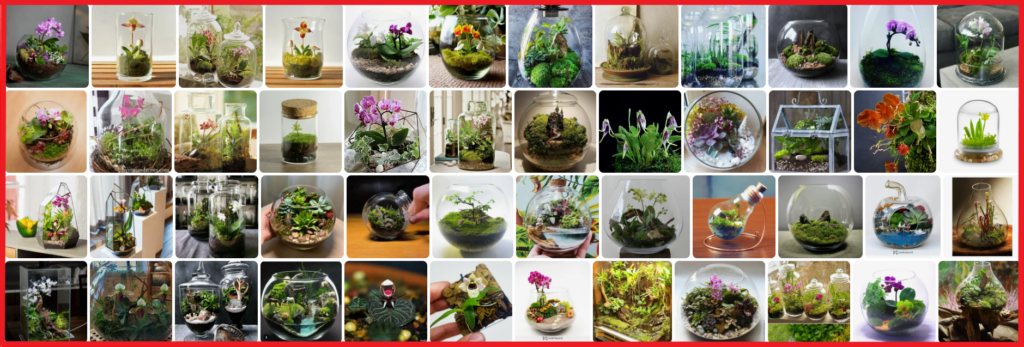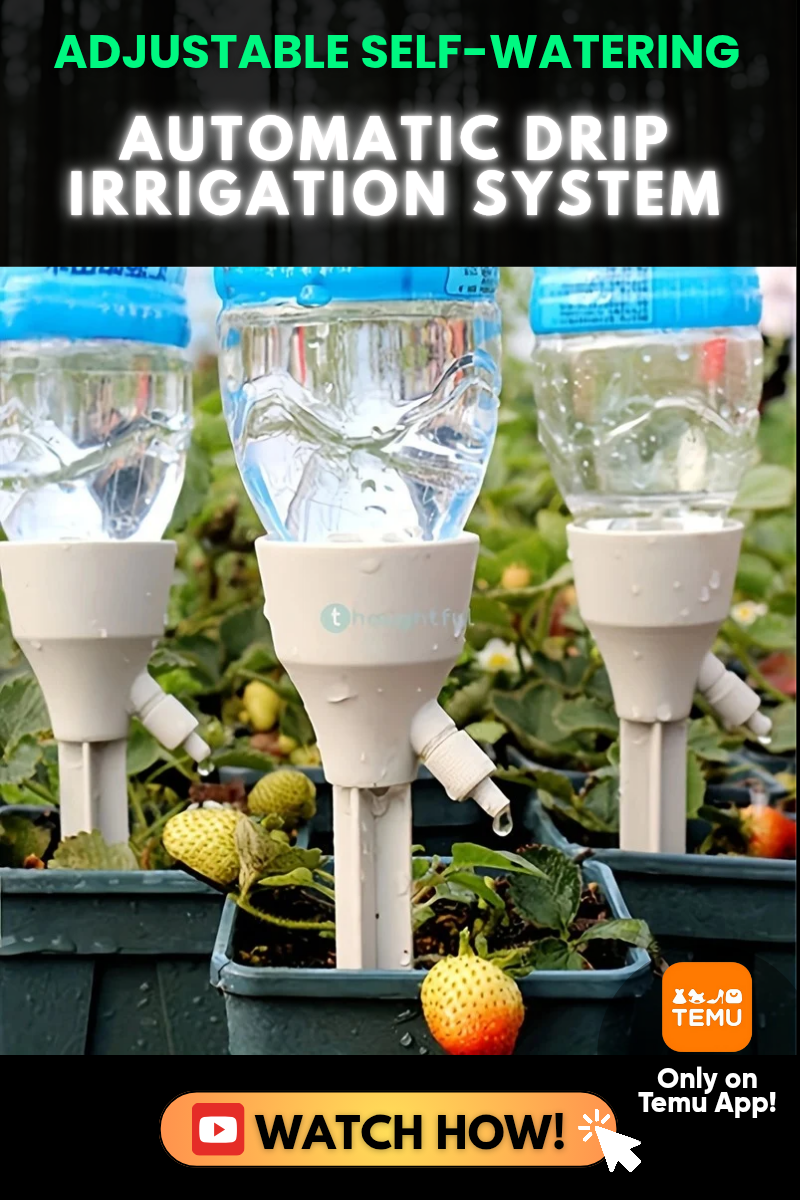
Unlocking the Secrets of Your Garden: Propagating Coneflower from Cuttings
As the sun casts its gentle rays upon your flourishing garden, there is one resilient plant that stands proud, captivating your attention with its vibrant blooms and enchanting charm – the coneflower. With its colorful petals and robust nature, it serves as a testament to the beauty of Mother Nature’s creations. But have you ever wondered how you could multiply this magnificent perennial, sharing its magic with every corner of your haven? Look no further, for we are here to guide you through the hidden art of propagating coneflower from cuttings. In this article, we will unveil the secrets that lie within the heart of your coneflower, allowing you to become the master of their propagation. Whether you are an aspiring gardener or a seasoned horticulturalist, join us on this journey as we explore the delicate process of nurturing and multiplying these exquisite blossoms. Let us embark on this voyage of discovery, where science meets the artistry of propagation, to uncover the wonders that await you in your very own garden.

Propagating coneflowers from cuttings is an exciting way to expand your garden without spending a fortune on new plants. Before you dive into the propagation process, it’s essential to gather all the necessary materials and tools to ensure a successful outcome. Here are some key items you’ll need:
Materials:
- Healthy coneflower plants: Choose well-established coneflower plants with strong stems and vibrant foliage.
- Cutting shears: Invest in a pair of sharp pruners or garden scissors to make clean cuts, reducing the risk of damage or disease.
- Propagating medium: Use a mixture of sterile soil and perlite to provide proper drainage and moisture retention.
- Rooting hormone: This helps stimulate root growth and improves the chances of successful rooting.
- Planting containers: Select small, clean pots or seed trays with drainage holes to house your cuttings.
Tools:
- Misting bottle: A fine-mist spray bottle is useful for providing gentle moisture to the cuttings without over-saturating the soil.
- Clear plastic bag or propagation dome: Covering your cuttings with a plastic bag or dome creates a humid environment that supports root development.
- Plant labels: Marking your cuttings with labels ensures you keep track of the different varieties and avoids confusion.
- Garden gloves: Protect your hands during the propagation process, especially if you’re dealing with prickly coneflower species.
When propagating coneflower cuttings, it’s important to provide them with the ideal conditions to prosper. Consider these features and tips to set your cuttings up for success:
| Feature/Tips |
Benefits |
| Warmth and Indirect Light: |
Place your cuttings in a warm location away from direct sunlight, as excessive heat or intense light can hinder root growth. However, they still require bright, indirect light for photosynthesis. |
| Regular Misting: |
Ensure the propagating medium remains slightly moist by misting the cuttings regularly. This helps prevent dehydration and aids in the establishment of roots. |
| Optimal Humidity: |
Using a plastic bag or dome creates a humid microclimate that encourages root development. Be sure to provide ventilation once the roots start forming to prevent fungal issues. |

Loading... Seconds Left for
Miniature Orchid Terrarium Gallery!

Selection and Preparation of Healthy Coneflower Stems for Cutting Propagation
When it comes to propagating coneflowers, cutting propagation is an effective method to obtain multiple healthy stems. Here are some essential guidelines to follow to ensure successful selection and preparation of coneflower stems:
Selecting_the_Best_Stems">Selecting the Best Stems:
Choosing the right stems is crucial for successful cutting propagation. Look for these key characteristics:
- Healthy Growth: Select stems that appear robust, and free from any signs of disease or pests.
- Mature Stems: Opt for stems that have semirigid growth and are not too young or too old.
- Active Growth Tips: Identify stems with active buds or growing tips as they will have the highest chance of rooting successfully.
Preparing the Cuttings:
After carefully selecting the healthy coneflower stems, it’s time to prepare them for cutting propagation:
- Sanitize Tools: Before making any cuts, sterilize your pruning shears or sharp knife to prevent the spread of diseases.
- Make Clean Cuts: Using a sharp and clean tool, make a diagonal cut just below a node or bud on each stem.
- Remove Lower Leaves: Strip the lower leaves from the stem as they may decay underwater and hinder rooting.
- Application of Hormone Rooting Powder: To encourage root development, dust the cut end of each stem with hormone rooting powder.
- Planting Medium: Prepare a well-draining soil or growing medium mix to plant the cuttings, ensuring proper moisture and nutrition.
| Features |
Tips |
| Select healthy, disease-free stems |
Sterilize tools before cutting |
| Opt for mature stems with active growth tips |
Make clean diagonal cuts just below a node or bud |
| Strip lower leaves from the stem |
Use hormone rooting powder for enhanced root development |

Methods and Techniques for Successful Rooting of Coneflower Cuttings
When it comes to propagating coneflowers from cuttings, having the right methods and techniques under your belt can make all the difference. With a few simple steps, you can successfully root coneflower cuttings and expand your garden with beautiful new plants. Here are some tips and techniques to ensure success:
1_Selecting_the_Right_Cuttings">1. Selecting the Right Cuttings
- Choose healthy coneflower plants with strong stems and mature growth.
- Look for non-flowering shoots or side shoots near the base of the plant.
- Cuttings that are around 4-6 inches long are ideal for rooting.
n id="2_Preparing_the_Cuttings">2. Preparing the Cuttings
- With a sharp, sterilized knife, make a clean cut just below a leaf node.
- Remove any lower leaves, leaving only a few at the top for photosynthesis.
- Dip the cut end into a rooting hormone to encourage root development.
- Plant the cuttings in a well-draining potting mix, ensuring the soil is lightly moist.
| Features |
Tips |
| Bright Indirect Light |
Avoid direct sunlight to prevent wilting and stress on cuttings. |
| Humidity Control |
Use a transparent plastic bag or a humidity dome to create a microclimate for the cuttings. |
| Regular Mistings |
Mist the cuttings daily to maintain moisture levels and promote healthy growth. |
By following these methods and techniques, you’ll find that propagating coneflowers from cuttings can be a rewarding and successful endeavor. With a little patience and care, you’ll soon have a collection of vibrant coneflower plants ready to enhance your garden.

nd-management-of-newly-propagated-coneflower-cuttings">Care and Management of Newly Propagated Coneflower Cuttings
Coneflowers, also known as Echinacea, are beautiful and vibrant flowering plants that are worth propagating from cuttings. With the right care and management, you can easily create new coneflower plants from your existing ones, allowing you to expand your garden or share the joy with friends and family. Here are some valuable tips and features to ensure the successful propagation of coneflower cuttings:
| Feature/Tips |
Description |
| Timing is Key |
Take cuttings in early spring or late summer for the best results. |
| Healthy Plant Selection |
Choose a mature coneflower plant that is free from diseases or pests. |
| Proper Stem Cutting |
Use clean, sharp shears to cut a 4-6 inch stem from the plant, just below a leaf node. |
Once you have taken the cuttings, it is important to follow these further steps for successful propagation. Firstly, remove the lower leaves from the stem, leaving only a few at the top to promote energy conservation. Dip the cut end into a rooting hormone to enhance root development, then insert it into a moistened, sterile potting mix. Place the cutting in a bright location away from direct sunlight and keep the soil consistently moist, but not waterlogged.
Remember to mist the cuttings with water daily to maintain humidity and prevent them from drying out. In about 4-6 weeks, you should start to see roots developing, indicating that the propagation is successful. Once the roots are well-established, carefully transplant the cuttings into individual pots or directly into a sunny garden bed with well-drained soil. With patience and care, your newly propagated coneflower cuttings will flourish and add a burst of color to your garden.
pan id="Frequently_Asked_Questions">Frequently Asked Questions
Q: Can I make more coneflowers without buying new plants?
A: Absolutely! You can easily propagate coneflowers from cuttings, saving you money and adding more beautiful blooms to your garden.
Q: What is the best time to take coneflower cuttings?
A: The ideal time to take coneflower cuttings is in early spring when new growth is just starting to emerge. This allows the cuttings to establish roots before the summer heat kicks in.
Q: What is the secret to successful coneflower propagation?
A: The key to successful coneflower propagation is to take 4-6 inch stem cuttings from healthy, established plants. Make sure to dip the cut ends in rooting hormone, plant them in a well-draining soil mix, and keep them consistently moist until new roots develop. With a little patience and care, you’ll soon have a garden overflowing with flourishing coneflowers! As we come to the end of this article, the possibilities springing forth from the humble coneflower seem boundless. By learning how to propagate coneflower from cuttings, you have unlocked a secret realm of gardening enchantment, where kaleidoscopic petals dance in the gentle breeze and vibrant colors paint the landscape with joy.
From this p
oint forward, you possess the power to shape the world around you, rejuvenating gardens with a tapestry of coneflower blooms. It is an art form that connects us to the ancient wisdom of nature, allowing us to breathe life into new generations of these resilient beauties.
Remember, with every journey, there are challenges to overcome. Take the time to master the techniques, nurture each cutting with tender care, and soon you will witness the miraculous transformation of a delicate slip into a vibrant symphony of petals. As you plunge your hands into the fertile soil, remember that you are participating in an age-old dance of creation—connecting the past, present, and future in a unified flourish of growth.
As you venture forth on this propagation odyssey, remember to share your newfound knowledge with fellow gardeners and kindred spirits. For in the spirit of camaraderie, we expand the realms of possibility and invite the coneflower’s essence to flourish in landscapes far and wide.
So, gather
your clippers, summon your determination, and embark on this wondrous journey of propagating coneflower from cuttings. Let your heart steer your green thumb as you breathe life into nature’s splendid tapestry. In your hands lies the power to create, to inspire, and to revel in the boundless beauty that awaits.
May your gardens be ever more vibrant, and may the coneflower’s legacy thrive through your skilled touch. As you embark on this enchanting endeavor, remember that the unfolding story of the coneflower is now entwined with your own—a magical alliance between gardener and the resplendent creations of nature.
And so, dear reader, go forth, propagate, and watch as the coneflower’s legacy blooms and blossoms under your nurturing care.
Hello! I'm Jessica Owen, an avid gardener and proud contributor to Up-Gardening.com. Gardening is my passion, and I'm delighted to share my green-thumb experiences with you. From planting tips to nurturing blooms, I'm here to help you cultivate your own slice of paradise. Let's grow together in the garden!
Latest posts by Jessica Owen
(see all)





